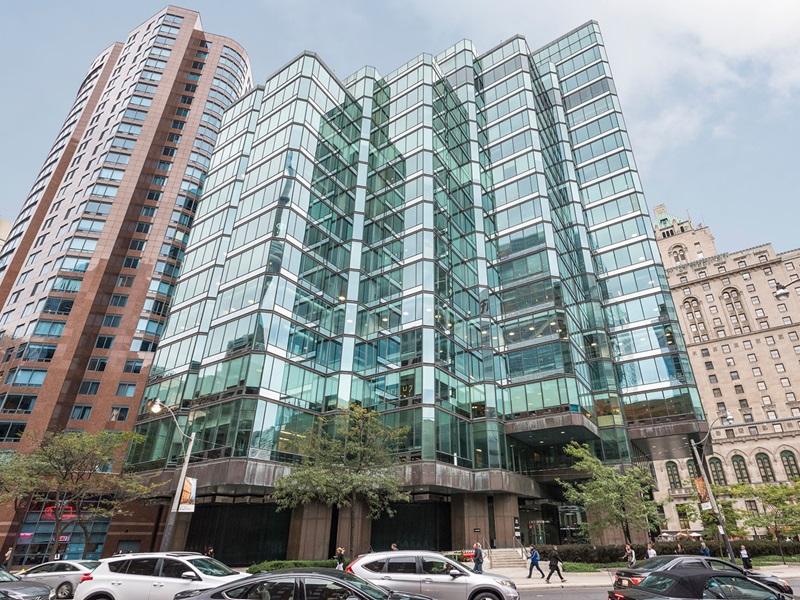In the heart of every market cycle lies a moment of profound doubt: The eye of the storm, where headlines scream doom, confidence evaporates and the temptation is to hunker down and wait.
We’re there now in Canadian real estate.
Condo developers are going through foreclosures, institutions have pulled back, and both funds and REITs are under pressure from investor withdrawals.
It echoes:
- 1990–91 Commercial Real Estate “Credit Crunch”;
- 2001 Dot-Com Bust;
- 2007–09 Housing Crash and Global Financial Crisis;
- Pure cyclical pain.
But here’s the contrarian truth: when things feel like they can’t get any worse, that’s often the signal they’re about to get better.
This isn’t blind hope; it’s pattern recognition.
Markets are cyclical, driven not just by fundamentals but by the pendulum swing of investor psychology. As Howard Marks writes in Mastering the Market Cycle, “Bullish periods are followed by bearish periods. It’s the creation of excesses and corrections.”
We’ve corrected hard since 2022. High rates, trade wars and slowing growth have crushed sentiment. But excesses in pessimism, like excesses in euphoria, are temporary.
The macro tailwinds, five variables to consider:
- Governments devalue currencies because they must. That’s Ray Dalio’s big debt cycle in action. Inflation isn’t vanishing; it’s our slow companion, eroding purchasing power. What if inflation stays persistently higher, yet not high enough to cause panic? Real assets like CRE become the inflation hedge. Rental rates rise on renewals, NOI climbs.
- Economic stimulus helps CRE. Enter federal budget 2025: a $78.3 billion deficit this year, but $141 billion in new spending over five years on infrastructure, economic diversification and innovation. That’s stimulus amid trade headwinds - $115 billion targeted at ports, rail, hospitals and housing. The Build Communities Strong Fund alone pours $51 billion over 10 years into local infrastructure, creating thousands of jobs and demand for industrial and multifamily space.
- CRE is a factor of production. CRE is where trade and economic growth actually happen. When Ottawa directs $141 billion toward transportation, public infrastructure and housing, it is building for future expansion. CRE also operates as an investment asset class. It is a significant component of the balance sheets of financial institutions. Fluctuations in CRE values have a direct impact on lending practices: an increase in CRE values increases the availability of debt and lowers the cost of capital, thus helping all aspects of the economy.
- The single largest obstacle right now is U.S. trade uncertainty. If that cloud ever lifts - through a bilateral fix or a constructive 2026 USMCA review - the release of frozen (due to uncertainty) corporate budgets would be immediate and dramatic. One policy breakthrough could turn into the strongest CRE upcycle in a generation.
- Immigration, long the engine of residential growth, matters to CRE too. Yes, it’s stalled, but is it pivoting strategically? Rennie’s latest Landscape report shows federal cuts to non-permanent residents ease short-term housing pressure while underscoring the need for targeted inflows. Permanent residents drop to 395,000 in 2025, then stabilize at 380,000 - still above pre-COVID levels, now focused on skilled labour for key sectors. Canada remains a magnet: desirable, stable, growth-oriented.
The sector signals: Bottoming out, not breaking down
Jon Gray of Blackstone calls CRE “the premier opportunity,” noting that real estate values are bottoming and declining construction starts across key sectors are creating scarcity. In Canada that rings true.
Think about it.
- Industrial: Will it survive in the next five to 10 years? Hard to argue it won’t. Sounds like a silly question. The answer is likely the opposite: it’ll thrive. Trade tensions bring more de-globalisation, more on-shore inventory, etc.
- Office: The laggard, yet mid-2025 stability arrives as rates fall and return-to-office mandates drive absorption.
- Overall CRE: Gradual recovery, private capital dominates, cap rates steady, prime-rate cuts stimulative.
The stress test: Flipping the script
In 2021 I wrote a RENX piece warning that caution was needed because the cycle was showing characteristics of a “boom.”
Today the board has flipped.
| Indicator | Bullish (Caution) | Bearish (Opportunity) |
| Economy | Booming | Sluggish |
| Lenders | Generous | Stingy |
| Credit | Abundant | Tight |
| Rates | Low | High |
| Sellers | Few | Many |
| Asset Prices | High | Low |
| ROI | Low | High |
Right now, most indicators fall on the right-hand side, signalling a shift in sentiment. The equation has changed.
(Note: This doesn’t apply to public equities, which are hitting records. Don’t conflate stocks with CRE - they often move together, but not always. The list isn’t exhaustive either. Take interest rates: they’ve come off their peak and are dropping. Are they low or high today? It depends on your frame of reference. Think of this table as a compass, not a GPS.)
The point: Separate signal from noise. The signal is the general direction of CRE from here; the noise is how we feel after talking to pained strata sellers.
Peak pessimism is usually when optimism is most warranted.
The Call: From skepticism to optimism
The way people feel about risk depends on market conditions.
During a peak bull market, people view risk as a friend: “The more risk I take, the more money I make.” This is also when mistakes are tolerated, until even a minor correction exposes them.
Then the correction hits and suddenly sentiment flips: “I’m never doing that again. Taking risk is just a way to lose money!”
The careless approach is replaced by paralysis, even in the face of good deals.
Will Canadian CRE thrive or die during the next five to 10 years? I believe it will emerge stronger. Scarcer supply, targeted immigration, infrastructure-fuelled demand and persistent inflation are powerful tailwinds.
A skeptic at peak pessimism should evolve into a cautious optimist.
Instead of hunkering down and waiting, do what hockey legend Wayne Gretzky often said: "Go to where the puck is going, not where it has been."








